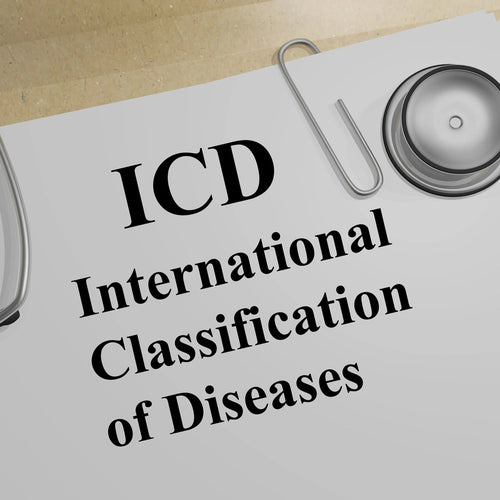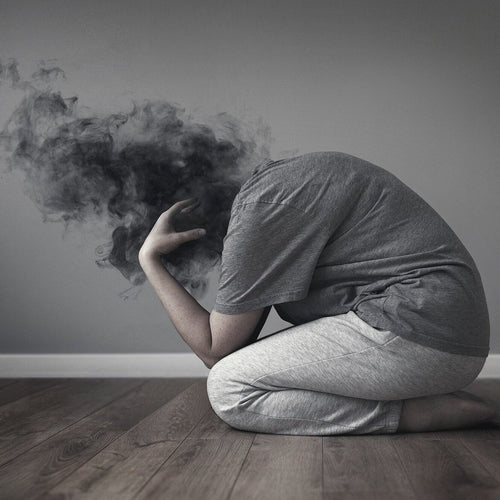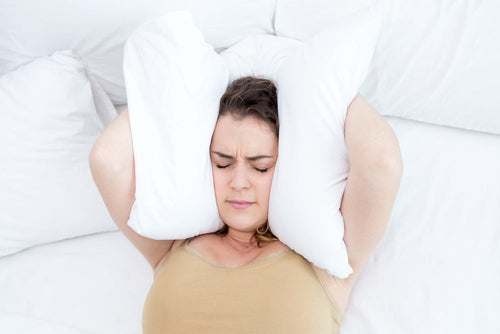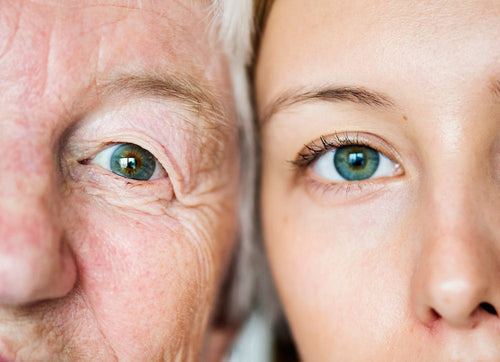The ever-increasing use of computers in the modern world has brought along a rise in musculoskeletal issues, with neck pain being one of the most prevalent complaints. While ergonomic adjustments and physical therapy can offer some relief, the role of acupuncture in treating neck pain is often underestimated. This article aims to guide acupuncturists in treating computer-induced neck pain through strategic acupuncture points and Traditional Chinese Medicine (TCM) insights.
Three Common Causes of Computer-Induced Neck Pain
1. Poor Posture
Slouching or hunching while at a computer strains the cervical muscles, leading to neck pain over time.
2. Muscle Tension
Continual stress and deadline pressures can lead to muscle tension, exacerbating neck pain.
3. Ergonomic Issues
Improper desk, chair, or computer heights can contribute to neck pain and strain.
Specific Acupuncture Points for Neck Pain
Large Intestine Meridian:
- LI4 (He Gu): Located between the thumb and index finger, this point can alleviate general pain and tension.
- LI11 (Qu Chi): Found at the elbow crease, this point can relieve neck stiffness and tension.
Gallbladder Meridian:
- GB20 (Feng Chi): Located at the base of the skull, this point helps relieve tension headaches and neck pain.
- GB21 (Jian Jing): Situated at the highest point of the shoulder muscle, it helps to release built-up tension and stress.
Urinary Bladder Meridian:
- UB10 (Tian Zhu): Located on the back of the neck, it helps relieve tension and improve energy flow in the neck area.
- UB60 (Kun Lun): Located near the ankle, this point can help in alleviating neck tension via the Urinary Bladder meridian.
Certainly! Below, I've added a brief description for each Traditional Chinese Medicine (TCM) pattern often associated with computer-induced neck pain. These descriptions are aimed at educating acupuncturists who may or may not already treat neck pain, particularly of the computer-induced variety.
TCM Patterns and Computer-Induced Neck Pain
Qi Stagnation:
Qi Stagnation often manifests as emotional stress and physical tension. It can result in the feeling of 'stuckness,' irritability, and localized pain, such as the neck tension exacerbated by computer use.
- Acupuncture Treatment: LI4 (He Gu) and LV3 (Tai Chong) to move Qi and relieve tension.
- TCM Formulas: Xiao Yao San to smooth Liver Qi and relieve stress.
- Dietary Suggestions: Foods that move Qi like mint, turmeric, and ginger.
Blood Stasis:
Blood Stasis is often a development from long-term Qi Stagnation. It can manifest as sharp, stabbing pain and is often a result of chronic injuries or tension.
- Acupuncture Treatment: UB17 (Ge Shu) and SP10 (Xue Hai) to invigorate blood.
- TCM Formulas: Huo Luo Xiao Ling Dan to move blood and alleviate pain.
- Dietary Suggestions: Foods that invigorate blood like onions, garlic, and fish.
Wind-Cold Invasion:
This pattern often occurs abruptly and is usually related to external pathogenic factors. Symptoms include acute pain, aversion to cold, and possibly limited range of motion.
- Acupuncture Treatment: GB20 (Feng Chi) and UB12 (Feng Men) to expel Wind and Cold.
- TCM Formulas: Gui Zhi Tang to warm the channels and expel cold.
- Dietary Suggestions: Warming foods like cinnamon, garlic, and ginger.
Kidney Deficiency:
Description: In TCM, the Kidneys are believed to store essence and govern aging. Weak Kidney essence may manifest as chronic, dull pain, and fatigue.
- Acupuncture Treatment: KI3 (Tai Xi) and UB23 (Shen Shu) to strengthen the Kidneys.
- TCM Formulas: Zuo Gui Wan to nourish Kidney Yin.
- Dietary Suggestions: Foods that nourish the Kidneys like black beans, walnuts, and bone broth.
Computer-induced neck pain is a pervasive issue in today's digital age. Acupuncture, coupled with TCM offers a holistic, effective approach to tackling this problem. By identifying the root causes and treating them through specific acupuncture points and TCM patterns, you can provide your patients with a more permanent solution to their pain and discomfort.



















